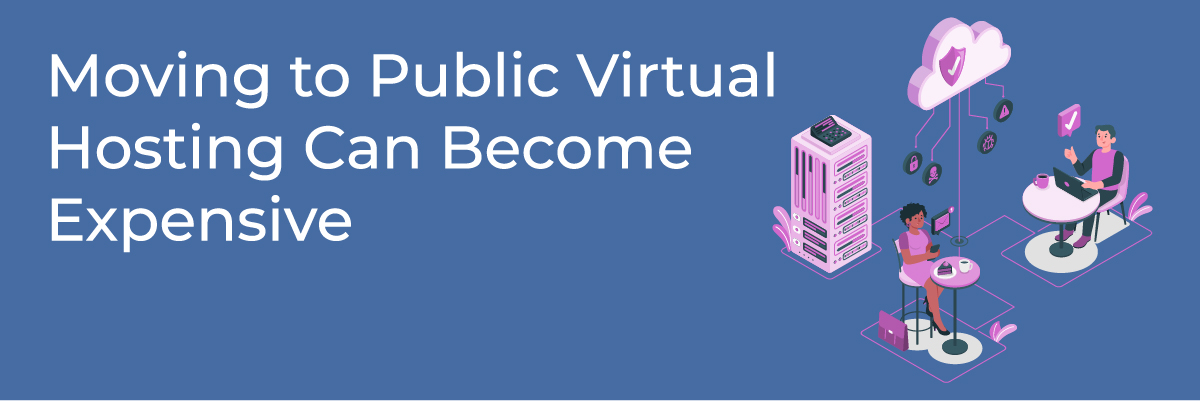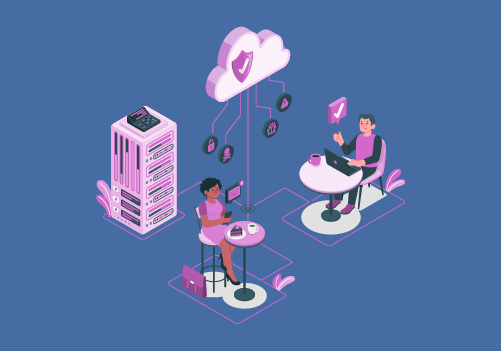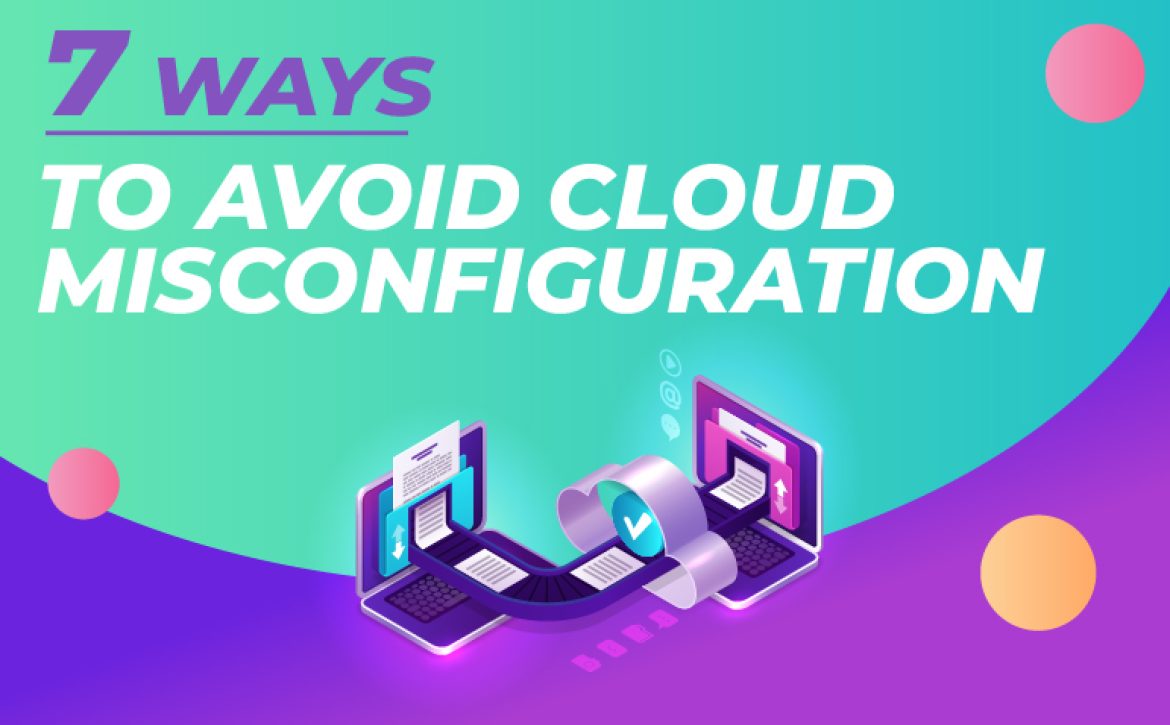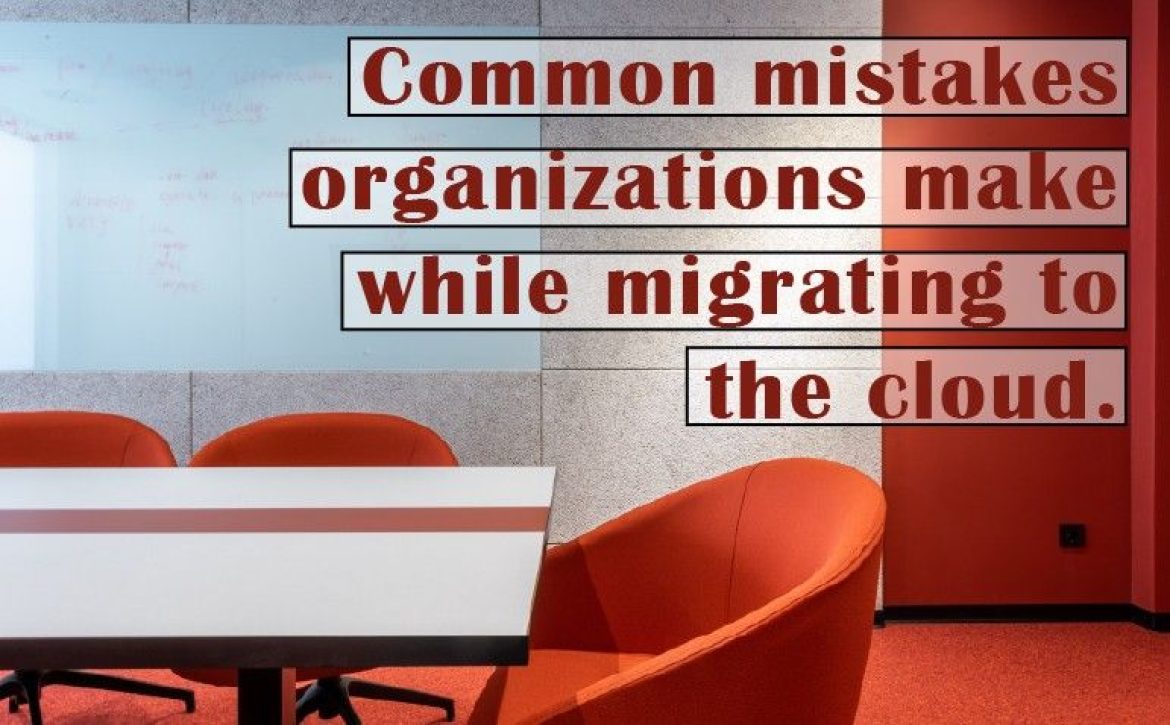Cloud Application Migration Fear
Many organizations fear migrating their applications to the cloud because it can be an extremely challenging and complex task. This process will require proper planning, effort, and time to succeed.
The security measures and practices that organizations have built for their on-premise infrastructure do not coincide with what they require in the cloud, where everything is deeply integrated.
Before streamlining your workflow with cloud computing, you must know the most challenging security risks and how to avoid them. Let’s explore how organizations should approach the security aspects of cloud migration, from API integration to access control and continuous monitoring.
This article will highlight some of the organizations’ most common fears while moving from on-premise infrastructure to a cloud environment.
What is Cloud Migration?
Cloud migration is the process of moving data, programs, and other business components into a cloud computing environment.
A business can carry out a variety of cloud migrations.
One typical model for cloud migration involves moving data and applications from an on-premises data center to the cloud. Still, it is also possible to move data and applications across different cloud platforms or providers. Cloud-to-cloud migration is the term for this second situation.
Another kind of migration is reverse cloud migration, commonly called cloud repatriation. From one cloud platform to another, data or applications are transferred in this case.
Cloud migration, however, might not be suitable for everyone.
Scalable, reliable, and highly available cloud environments are feasible. These, however, are not the only considerations that will influence your choice.
Why is Security in the Cloud the Biggest Fear for Organizations?
Security is the biggest challenge organizations face because public clouds offer shared resources among different users and use virtualization. The ease of data sharing in the cloud creates serious security concerns regarding data leakage and loss.
The major risk in any infrastructure is neglecting security vulnerabilities due to a lack of expertise, resources, and visibility. Most
providers contain various processing and cloud storage services. Therefore, it’s easy for hackers to expose data via poorly configured access controls, data protection measures, and encryption.
 Most Common Exposure Points for Cloud-based Applications
Most Common Exposure Points for Cloud-based Applications
Overcoming cloud migration challenges before they arise can help any organization to migrate smoothly and save them from potential cyber threats. But first, we need to understand the weak links and exposure points that can put security at risk.
Let’s discuss the weakest links that cause cloud application migration fears:
1. Data Theft Causes Unauthorized Access
Providing administrative access to cloud vendors poses serious threats to the organization. Criminals are gaining access to programs like Office 365 through installations that give them administrative rights. In fact, very recently a phishing campaign leveraging a legitimate organization’s Office 365 infrastructure for email management has surfaced on the cyber scam scene.
Hackers are always evolving their phishing tactics; everything they do is considered smarter and more sophisticated.
If criminals get access to users’ cloud credentials, they can access the CSP’s (Cloud Solution Provider’s) services to gain additional resources. They could even leverage those cloud resources to target the company’s administrative users and other organizations using the same service provider.
Basically, an intruder who obtains CSP admin cloud credentials can use them to access the organization’s systems and data.
2. Third-party Products Comes With Security Risks
Organizations outsource information security management to third-party vendors. It reduces the internal cybersecurity burden but generates its own set of security risks. In other words, the cybersecurity burden shifts from an organization’s internal operations onto its third-party vendors. However, leveraging third-party services or products may come with compliance, business continuity, mobile device risks, etc.
Last year, the Russian Intelligence Service compromised SolarWinds, a famous monitoring tool based on open-source software. They had created a backdoor within the coding and submitted it into the base product. Hackers used a regular software update to inject malicious coding into Orion’s software for cyberattacks.
Vulnerable applications are entry points for cybercriminals. They are always in search of weak spots to infiltrate the system. Applications are used in every industry for better workflow and management. However, there is a need to protect these applications by limiting their access and implementing available patches for better security. Frequent updating of applications and systems helps to protect your IT infrastructure from potential attacks.
3. Hackers Can Compromise Vulnerable VPN Devices
VPNs (Virtual Private Network’s) provide an encrypted connection that hides your online data from attackers and allows businesses to protect their private cloud resources. Many cloud applications need a VPN to transfer data from on-premises infrastructures to the cloud. VPNs are configured to operate one way, but they are often bidirectional. This often opens your organization up to an attack occurring in the cloud service provider.
One such attack has been observed where cybercriminals exploit VPN servers’ vulnerabilities to encrypt the network with a new ransomware variant. By exploiting unpatched VPN applications, hackers can remotely access critical information, such as usernames or passwords, and allows them to log in to the network manually.
Reconfiguring a VPN to access a newly relocated app in the cloud can be disruptive and complicated for its users. Most people don’t use VPNs for cloud application migration because they don’t trust them.
It’s better to install on-site hardware, build VPNs’ deployment on that hardware, migrate them into the on-site deployment, and then move the VMs (Virtual Machines) into a data center. This can be achieved by enabling transparent, unfiltered connectivity between environments. Enterprise cloud VPN can achieve this configuration between a cloud and on-premises networks.
4. Accidental Exposure of User Credentials
Cybercriminals generally leverage cloud applications as a pretext in their phishing attacks. With the rapid use of cloud-based emails and document-sharing services, employees have become habitual of receiving emails with links asking them to confirm their credentials before accessing a particular site or document.
This type of confirmation makes it easy for intruders to get employees’ credentials for their cloud services. Therefore, accidental cloud credentials exposure is a major concern for organizations because it can compromise the security and privacy of cloud-based data and resources.
5. Lack of Secure API
Using API (Application User Interface) in the cloud allows organizations to implement better controls for their applications and systems. However, using insecure APIs can come with grave security risks. The vulnerabilities that exist within these APIs can provide an entry point for intruders to steal critical data, manipulate services, and do reputational harm.
Insecure APIs can cause security misconfigurations, broken authentications, exposed data, broken function-level authorization, and asset mismanagement. The most common example of an insecure API is the Facebook-Cambridge Analytical Scandal which allowed for Cambridge Analytica to access Facebook user data.
How to Reduce Cloud Migration Security Risks?
Organizations can take various steps to mitigate cloud migration security risks. Here are some recommendations on how to migrate your applications to the cloud.
1. Develop a Plan
Outline the expertise, resources, and tooling you need to get started. Use automated tools supporting optimization and data discovery analysis to define the right migration method for your company.
2. Start Small
To reduce the fear and accelerate cloud adoption, start with an automatic workload lift and shift over in small portions. It helps to introduce cloud benefits and security risks. Moreover, this approach reduces uncertainty and lets organizations benefit from infrastructure savings.
3. Leverage Business Units to Drive Cloud Adoption
Utilize your business units to promote cloud adoption by investing in Software-as-a-Service (SaaS). This does not require any rewriting of your applications. A CRM (Customer Relationship Management) already exists and is running in the cloud which lets you decommission on-premises CRM and is easier than full on-board migration.
4. Make a Set of Security Standards
Develop baseline security standards by collaborating with your governance team. The list must include cloud workload vulnerability posture, control plane configuration, and cloud infrastructure privilege assignment.
5. Invest in Cloud Security Management
Organizations should monitor their cloud security posture from the control plane to asset configuration. When your cloud deployments increase in complexity and numbers, a service tracking all configuration settings becomes valuable to detect any misconfigurations causing security vulnerabilities.
Ready to Migrate Your Applications to the Cloud?
Most organizations lack the experience and confidence to migrate to the cloud fearing the associated risks that come with it. The reason is that they don’t have the right time and resources in place to facilitate the move.
Leveraging partners and service providers can help to overcome those fears and make the cloud application migration smoother for your organization. With the support of Protected Harbor
Cloud Migration Services, our clients can transform their existing apps and achieve “future-ready” business outcomes. These services range from planning to execution. Our comprehensive strategy is supported by the understanding that successful modernization uptake requires a diverse blend of suitable solutions with a range of risk and reward profiles.
Our enterprise application migration services offer thorough, extensive, reliable procedures for transferring sizable application portfolios to cloud platforms, and they are easily scalable from one to many apps. We can assist you with application inventory, assessment, code analysis, migration planning, and execution using our tried-and-true tools.
We provide deep industry expertise and a robust set of advanced tools. Experts at Protected Harbor migrate your applications to the cloud and help you increase and optimize the productivity and flexibility of your workforce. Visit here to get more information about Protected Harbor’s cloud services.

 5. Design the Architecture
5. Design the Architecture










 How to Avoid Cloud Misconfiguration?
How to Avoid Cloud Misconfiguration?





 Most Common Exposure Points for Cloud-based Applications
Most Common Exposure Points for Cloud-based Applications





